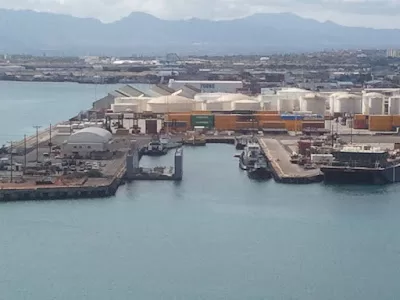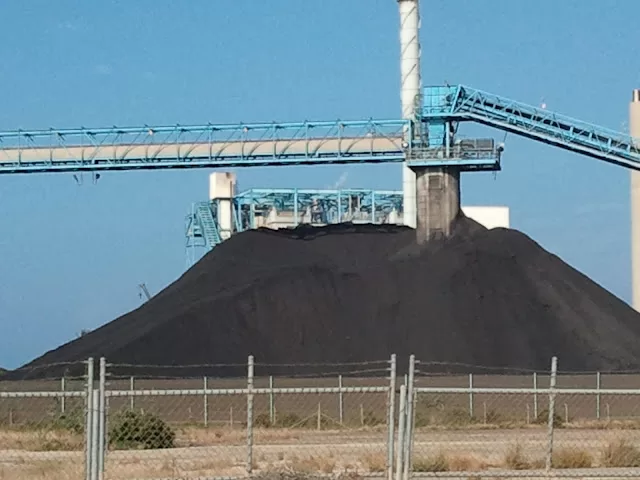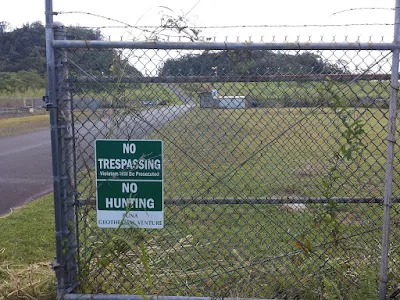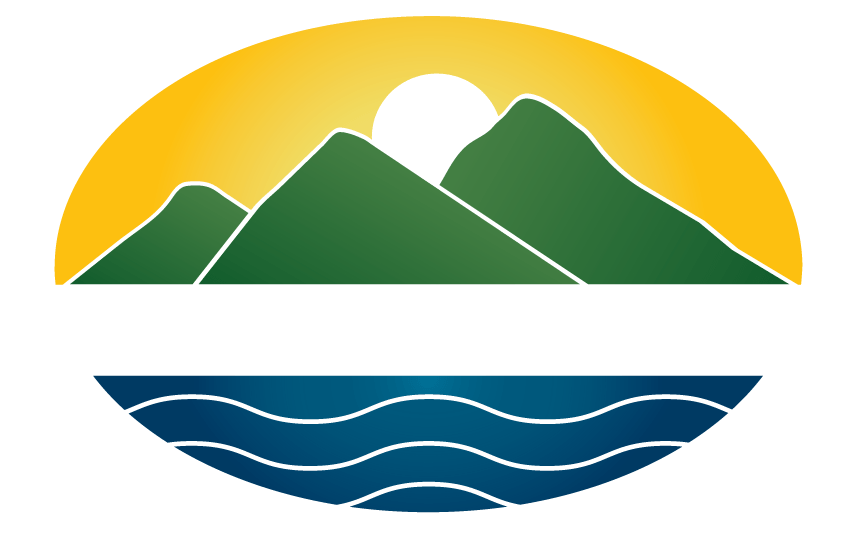Fossil Fuel use is a threat to every form of life.

Honolulu Harbor Oil Tanks
A National Academy of Science Study, conducted at the request of U.S. Congress, analyzed energy-induced health impacts. “Hidden Costs of Energy: Unpriced Consequences of EnergyProduction and Use” (2010) found that in the U.S. 20,000 people die prematurely each year from fossil fuel air pollution, and that U.S. health impacts cost $120 billion/year.
The study excluded health impacts associated with global warming; burning oil for trains, ships and planes; coal mining; and coal byproducts dumped into streams and rivers.
Waiau Oil Spill
A Chevron pipeline ruptured on May 14, 1996, discharging 41,000 gallons of No. 6 bunker fuel oil into Waiawa Stream adjacent to HECO’s Waiau Power Plant.
Being slightly heavier than fresh water, the oil slowly sank through the Waiawa Stream water table, contaminating life forms along its spread and descent.
Being slightly lighter than salt water, when it reached Pearl Harbor, the oil slowly rose through the water column once again killing life forms.
Pools of submerged oil contaminated the ten acre Waiawa Marsh, a restricted wildlife area and home to the state’s four endangered species of water birds, the Hawaiian stilt, coot, duck, and the moor hen.
Oil covered approximately 90,000,000 square feet of open water in Pearl Harbor during the first six days after the spill.
Areas impacted included freshwater and saltwater wetlands, shorelines and intertidal areas including mangroves, mudflats, rocky shorelines, sandy beaches, riprap, seawalls and piers.
Regulators estimated that 77,965 linear feet of intertidal habitat was oiled.
The clean-up resulted in the repeated, episodic high-pressure washing of the Pearl Harbor shoreline, which destabilized and eroded shoreline soils. The shoreline continued to emit an oil sheen for more than a month.
This pollution had a devastating impact on egg, larval, juvenile and adult stages of recreationally and commercially valuable finfish, invertebrates, green turtles, and birds.
Initially federal and state regulators estimated that the habitat would take ten years to recover, but later revised estimates upwards to fifteen to twenty years.
Rainforest Biofuel
Palm Oil is principally produced in one area of the world: Indonesia and Malaysia. Just a few years ago Indonesia and Malaysia accounted for 88% of world production and 91% of world trade in palm oil.
The Wall Street Journal ran a front page lead story on the palm oil scandal.
Wild fires were being set in Borneo to clear land for logging and planting of palm oil plantations.
Huge releases of greenhouse gases were being emitted from burning peat soil. In the late 1990s Indonesia was briefly the #1 greenhouse gas emitter in the world.
The Wall Street Journal article also pointed out the environmental destruction, the loss of ecosystems, the displacement of native peoples, and the man made cloud which shrouded the region.
Under international pressure, the palm oil industry adopted 39 weak standards.
Hawaiian Electric Company (HECO) proposed importing palm oil from producers who adhered to just six of these standards as long as the producer was working towards “no child labor” and working towards “free, prior and informed consent” of native peoples at the particular plantation where the biofuel would come from, regardless of what the producers did on their other plantations.
Borneo is the third largest island in the world with an area of 287,000 square miles. Borneo is divided three ways: 73 percent is Indonesian, 26 percent is Malaysian and one percent is the sovereign country of Brunei.
The Borneo rainforest is 140 million years old, making it one of the oldest rainforests in the world. There are about 15,000 species of flowering plants, 3,000 species of trees, 221 species of terrestrial mammals, 420 species of resident birds, and 440 freshwater fish species.
The Borneo rainforest is one of the few remaining natural habitats for the endangered orangutan. It is an important refuge for many endemic forest species, including the Borneo elephant, the eastern Sumatran rhinoceros, the Bornean clouded leopard, the Hose’s palm civet and the dayak fruit bat.
Borneo has significant cave systems. Clearwater Cave has one of the world’s longest underground rivers. Deer Cave is home to over three million bats, with guano accumulated to over 330 feet deep.
Military Oil Spills
The Navy’s Red Hill facility is leaking into the ground near or over the aquifer.
The 20-mile Petroleum, Oils and Lubricants pipeline connected the Air Force`s Wakakalaua Fuel Storage Annex in Wahiawa and Kipapa Gulch Fuel Storage Annex in Waipio with Hickam Air Force Base.
Over a half century timeframe, 18 billion gallons went up, and 14 billion gallons came down. The system is empty. The remaining 4 billion gallons leaked, evaporated, was stolen and/or was an accounting error.
More Oil Spills
Dead oiled birds and tar balls came ashore at Kauai’s Barking Sands, Polihale, Nukoli, Fujii, and Kipu Kai beaches in September 1998. The U.S. Coast Guard determined through chemical analysis, that the oil was from a Tesoro hose failure between the Barbers Point shore at the oil/chemical tanker OVERSEAS NEW YORK.
Exxon Houston spilled about 117,000 gallons of oil in March, 1989, threatening beaches on the island of Oahu. Exxon sought to shift damages. Exxon lost in district court, at the Ninth Circuit in 1995, and before the U.S. Supreme Court in 1996.
Another Tesoro Leak at Barber`s Point occurred in 2001 involving the oil/chemical tanker OVERSEAS CHICAGO.
While in route from Barbers Point to Ulsan, South Korea, the U.S. tank vessel SS OMI YUKON suffered major explosions and fires in the starboard fuel oil storage tanks and engine room.
The Coast Guard determined that the 1986 accident had two causes: “contamination of the vessel’s bunkers with flush oil during bunkering through a subsea pipeline and the absence of a flame screen in the after starboard fuel oil tank vent.”
The Hawaiian Patriot was carrying 99,000 of oil from Indonesia to Honolulu. During February 23-24, 1977, the tanker leaked 50,000 tons of oil, caught fire, exploded, burned for hours, and then sank. The oil plume occurred 300 miles west of Hawaii and moved away from the islands. By contrast the Exxon Valdez had only 35,000 tons of oil (11 million gallons or 257,000 barrels).

AES Coal Plant, Campbell Industrial Park
Coal
HC&S burned bagasse to generate power for its needs. HC&S wanted to sell surplus power to MECO but MECO needed steady output (firm power). So HC&S added 40,000 tons of coal per year to their bagasse, and sold electricity to MECO as “renewable energy.”
Cane burning and ccoal-bagasse air pollution impacted Maui communities.
Geothermal
Tropical Storm Iselle devastated Puna on the night of Thursday, August 7, 2014.
Puna Pono Alliance described the chain of events.
Puna Geothermal Ventures (PGV) and Hawaii Electric Light Company (HELCO) made a commercial decision to keep PGV operating during Tropical Storm Iselle.

Puna Geothermal Ventures
It was plainly foreseeable that the storm would damage trees and HELCO transmission lines, as it did, and that PGV would need to shut down on an emergency basis, as it did, and that complications of the storm situation would interfere with any response to the upset condition, as they did.
In fact, electric service was seriously disrupted around much of the Island as storm damage brought down trees and branches and disrupted utility infrastructure on a wide scale. Even ordinary rain storms have caused such damage on a smaller scale.
Civil Defense gave an alert for community members to evacuate if they felt symptoms from PGV’s hydrogen sulfide release and dispatched the hazardous materials response team to PGV.
Storm damage to trees and utility lines made the roads dangerous and impassable for the attempted HazMat response, and they turned back before reaching the site. The same conditions made it dangerous and impossible for residents feeling symptoms from PGV’s H2S release to evacuate from their homes.
The County but not the State reacted to community concerns and passed geothermal-based health-related ordinances. The 2016 State Legislature proposed stripping the county`s ability to enact health ordinances related to geothermal emissions.
